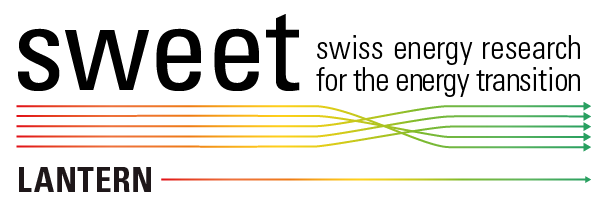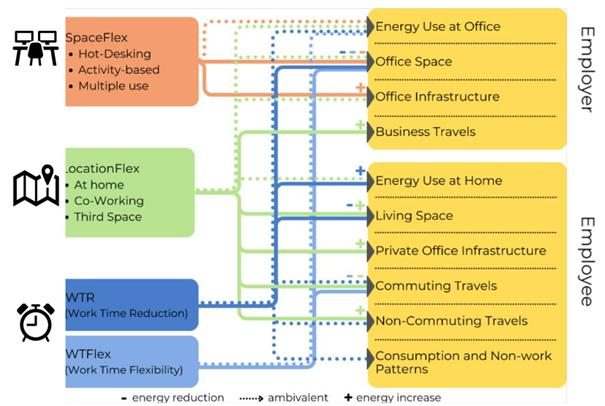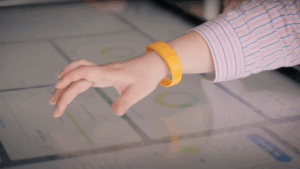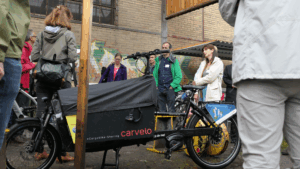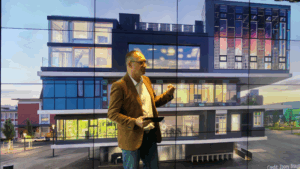01 | our goal
“Energy in work” explores energy saving potentials of new working models of office jobs, i.e., new ways of where, how, when, and how much people work, with a particular emphasis on efficient and reduced use of working space and work-related energy consumption.
We will explore:
- current and emerging working models
- implications of different working models for energy use and employees’ and employers’ preferences
- retrofit concepts supporting new working models
The work package will develop recommendations and guidelines for target users (employers, policy makers) on promising new working models.
For our research, a broad variety of intended impacts but also spillover effects are accounted for:
- Energy consumption (company, household, other workplaces like co-working)
- CO2 emissions (mainly from mobility, heating/cooling)
- Space usage
- Well-being (mainly of employees) and quality of work
- Operational energy and building-related costs
- Other relevant environmental indicators to be discussed within the project
02 | our team

Nicoló Molinari
SUPSI

Jasmin Oberkalmsteiner
ZHAW
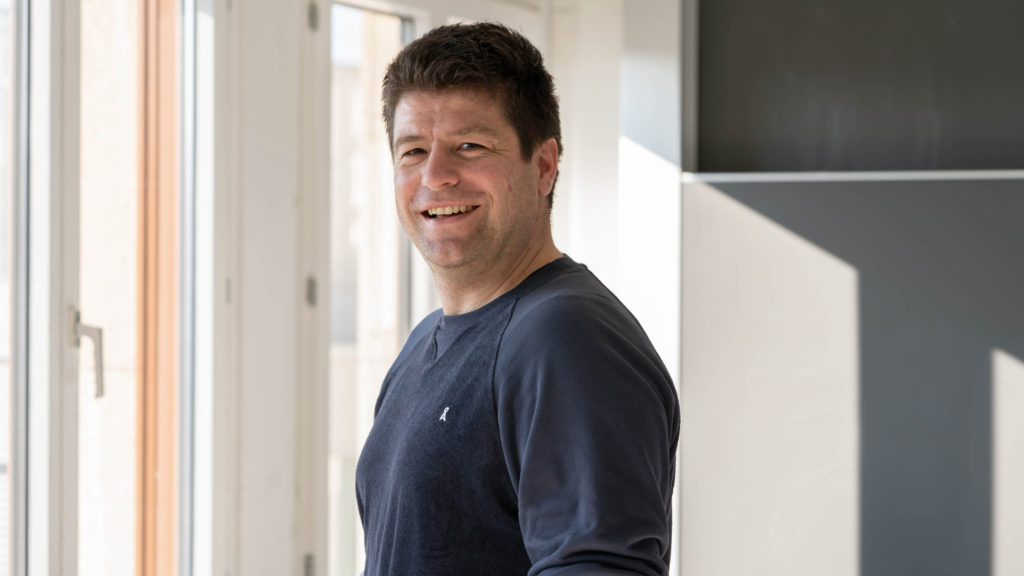
Uros Tomic
ZHAW

Rafaël Weissbrodt
HES-SO Valais Wallis

Stéphanie Moser
UNI Bern

Nicolà Bezzola
UNI Bern
03 | our Methods and interventions
Our research project has inter- and transdisciplinary approach and uses different methods and approaches to reach its objectives:
- To study the effect of new working models on energy we did a comprehensive literature review (paper submitted);
- To evaluate the effects of new working models on energy in specific companies on a broader level and gain insights about challenges and enabler when it comes to implementation, we did expert interviews with practitioners (see Deliverable 5.2.1);
- To co-design new approaches for energy saving working models we organised a workshop with practitioners and researchers from our project (see Deliverable 5.2.1);
- To estimate energy saving potentials for new working models we are developing realistic scenarios together with practice and science;
- To evaluate adaptability, efficient use of space and retrofit options of office building, we are doing expert interviews, literature research and own energy data measurements in specific buildings (see first insights in Deliverable 5.2.1);
- To co-design, test and evaluate new working models with companies, we are doing workshops, pilot testing of new working models, surveys/interviews among employees and employers
